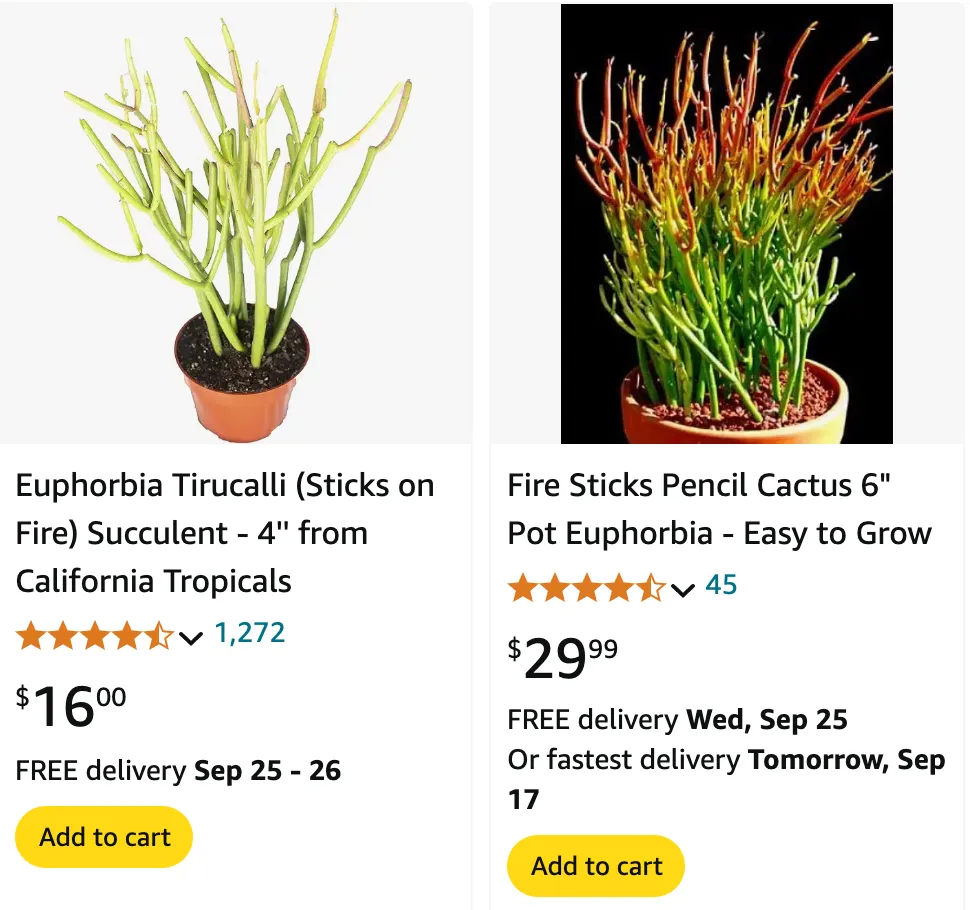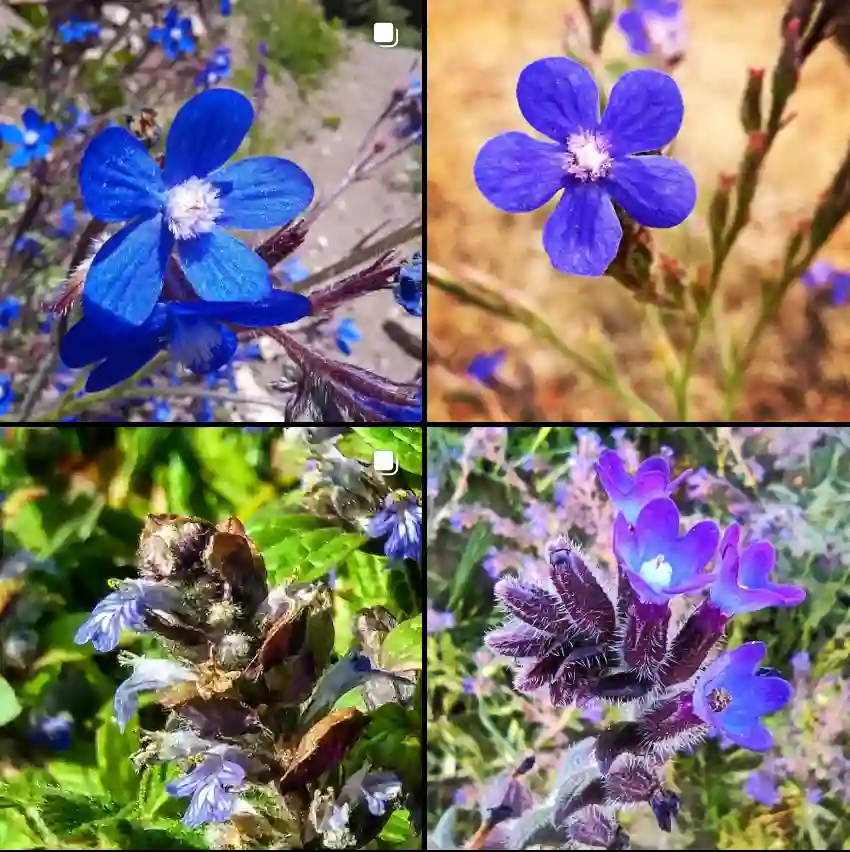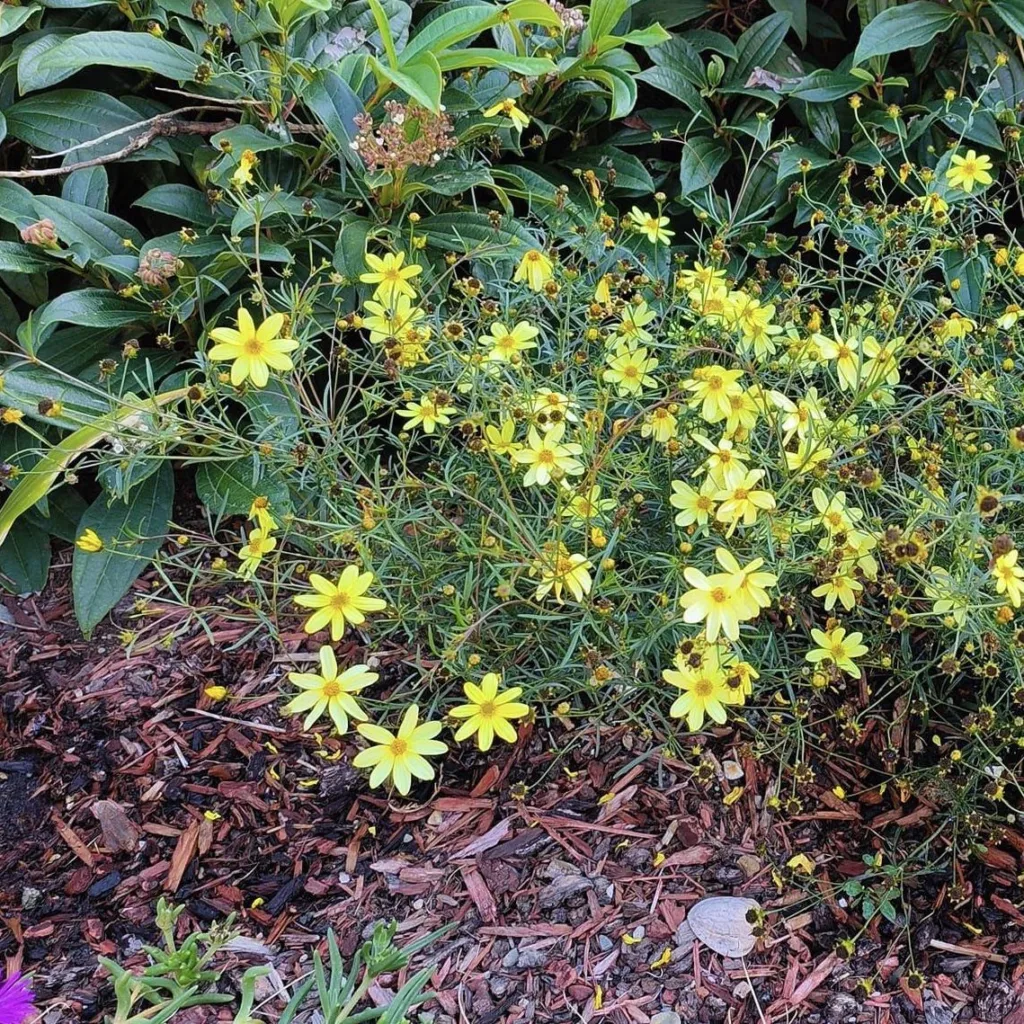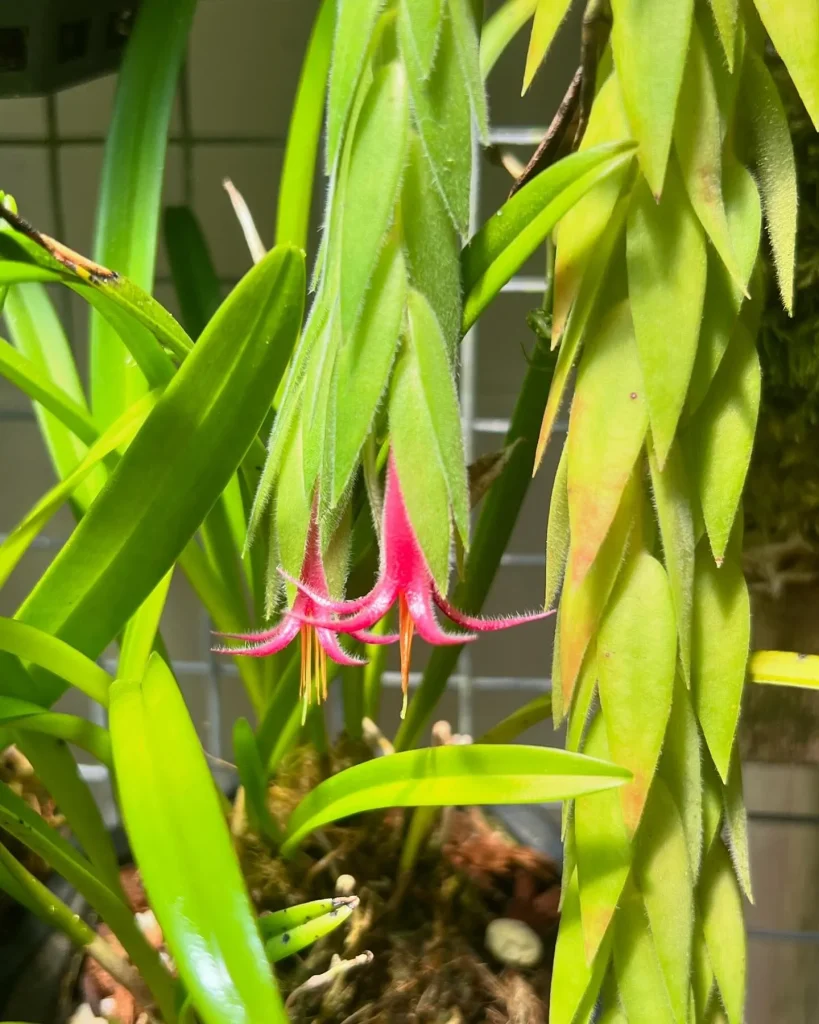
FAQ About Pencil Cactus: A Comprehensive Guide
As a plant enthusiast, I’ve had my fair share of experiences with various succulents and cacti. One plant that has intrigued me is the Pencil Cactus or Euphorbia Firesticks, scientific know as Euphorbia Tirucalli. Known for its unique, slender appearance and vibrant colors, it’s a fascinating addition to any plant collection. Here’s a deep dive into some frequently asked questions about the Pencil Cactus.
2093 Species in Genus Euphorbia
What Is Euphorbia Firesticks?
Euphorbia Firesticks is a succulent plant native to Africa, specifically the regions of Madagascar and the Cape Province. It’s also commonly referred to as Pencil Cactus due to its long, thin, pencil-like stems. The plant is part of the Euphorbiaceae family and is known for its bright red and orange stems, which resemble a flame or firestick, hence the name.
How to Propagate Pencil Cactus?
Propagating Pencil Cactus is relatively straightforward. The most effective method is by stem cuttings. Start by using a clean, sharp knife or scissors to take a cutting from a healthy Pencil Cactus. Allow the cutting to dry and callus over for about 24 hours to prevent rot. After it has callused, plant the cutting in a well-draining cactus mix and water sparingly until roots develop. You can also propagate Pencil Cactus by seeds, but this method is less common and takes longer.
How to Care for Pencil Cactus?
Caring for Pencil Cactus involves understanding its specific needs. This plant thrives in bright, indirect light but can tolerate direct sunlight, especially in cooler climates. Watering should be done sparingly; let the soil dry out completely between waterings. Overwatering can lead to root rot, which is a common issue with this cactus. Ensure good drainage and use a mix designed for cacti or succulents. Fertilize sparingly during the growing season (spring and summer) to keep it healthy.
How Big Do Pencil Cactus Get?
Pencil Cactus can grow quite tall, reaching up to 10 feet in height under optimal conditions. In a pot or as an indoor plant, it generally remains smaller, typically between 3 to 5 feet. The growth rate and final size depend on factors such as light, soil, and overall care.
How to Prune a Pencil Cactus?
Pruning Pencil Cactus is essential for maintaining its shape and health. Use clean, sharp pruning shears to cut away any dead or damaged segments. This helps promote new growth and prevents disease. Be careful when handling the cactus, as it can be mildly irritating to the skin. Always wear gloves and handle with care.
Are Pencil Cactus Poisonous to Cats?
Yes, Pencil Cactus is considered toxic to cats. It contains a milky, latex-like sap that can cause irritation if ingested or if it comes into contact with the skin. Symptoms of poisoning in cats may include vomiting, diarrhea, and irritation. If you suspect your cat has ingested part of a Pencil Cactus, contact your veterinarian immediately.
Are Pencil Cactus Poisonous to Dogs?
Pencil Cactus is also toxic to dogs. The milky sap can cause similar symptoms in dogs, including gastrointestinal upset, drooling, and skin irritation. It’s important to keep this plant out of reach of pets to avoid accidental ingestion or contact.
Can Pencil Cactus Live Outside?
Pencil Cactus can live outside in suitable climates. It thrives in warm, sunny environments and can handle temperatures as low as 20°F (-6°C) for short periods. If you live in an area with harsher winters, it’s best to bring the plant indoors during the colder months.
Can You Grow Pencil Cactus Indoors?
Absolutely, Pencil Cactus is well-suited for indoor growth. It prefers bright, indirect light and can adapt to various indoor conditions. Just ensure it has good drainage and avoid overwatering to keep it healthy indoors.
Can You Root Pencil Cactus in Water?
While some plants root well in water, Pencil Cactus is not one of them. The best method for rooting is planting the cuttings directly in a well-draining cactus mix. Water propagation may lead to rot before the roots have a chance to develop.
Do Pencil Cactus Bloom?
Pencil Cactus rarely blooms when grown indoors. However, in its natural habitat, it may produce small, inconspicuous flowers. The focus for most indoor gardeners is on the plant’s striking appearance rather than its flowers.
Does Pencil Cactus Need Full Sun?
Pencil Cactus prefers bright, indirect light but can tolerate full sun, particularly if it’s not too intense. In its native environment, it experiences plenty of sunlight, so providing similar conditions indoors or outdoors will help it thrive.
Pencil Cactus vs Mistletoe Cactus
Mistletoe Cactus (Rhipsalis baccifera) and Pencil Cactus can be distinguished by their growth patterns. Mistletoe Cactus has a more branched, trailing habit with small, round segments, while Pencil Cactus is more upright and cylindrical. Both are from the Euphorbia family but have different care requirements and appearances.
Pencil Cactus vs Rhipsalis
Rhipsalis and Pencil Cactus differ significantly. Rhipsalis is a type of epiphytic cactus with a trailing, segmented structure, while Pencil Cactus is upright and has a more rigid form. Rhipsalis prefers more humidity and less direct sunlight compared to the Pencil Cactus.
Conclusion
In summary, Pencil Cactus is a unique and intriguing plant that can add character to any space, whether indoors or out. Understanding its care requirements, propagation methods, and potential toxicity is crucial for keeping it healthy and ensuring a safe environment for pets. If you’re considering adding this plant to your collection, keeping these FAQs in mind will help you provide the best care possible.
If i die, water my plants!



